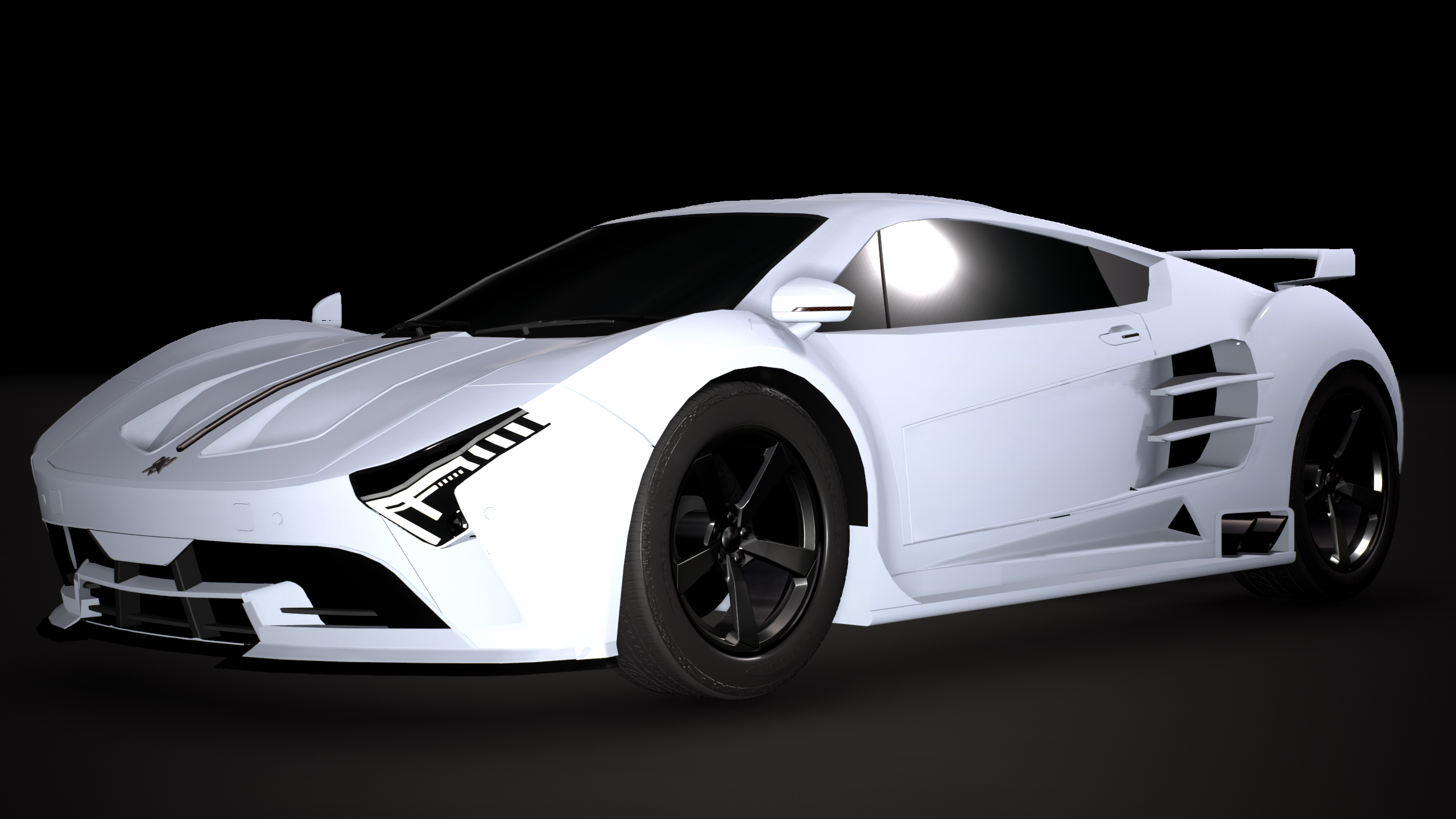“Crafted with spirit, driven with purpose.”
See Our Flagship Model
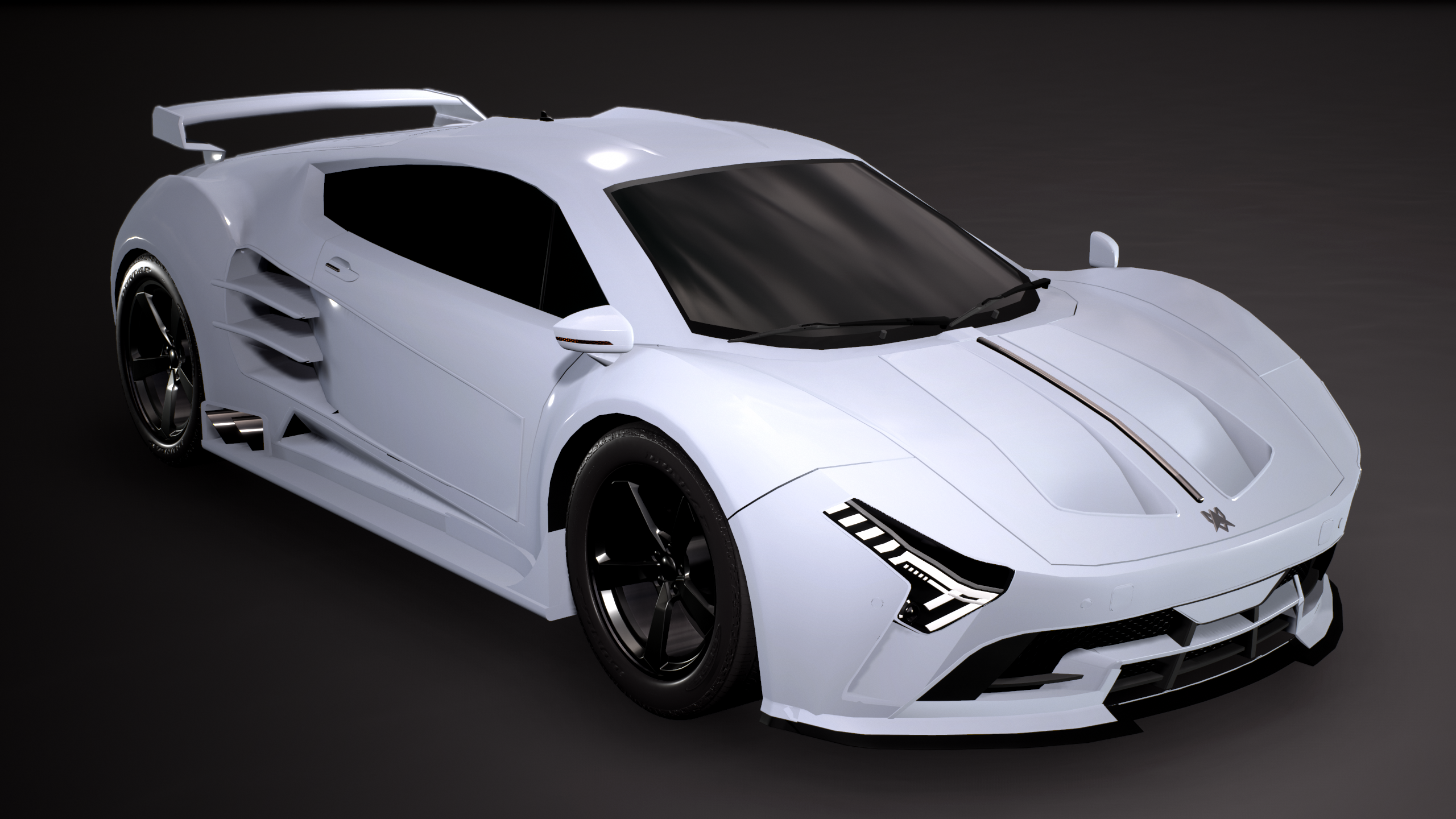
Find what works for you.
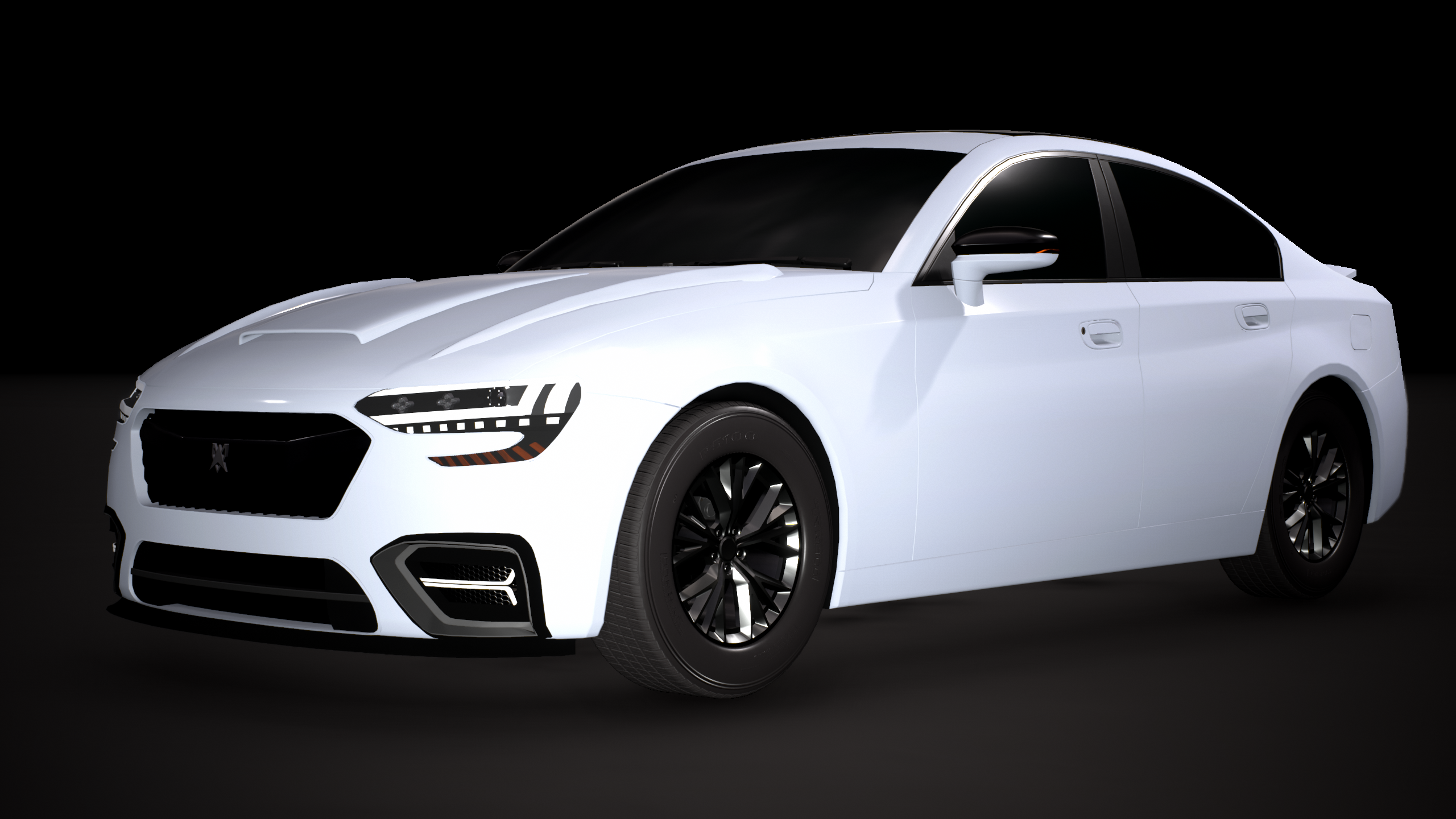
2030
A luxurious sedan with a little bit of kick.
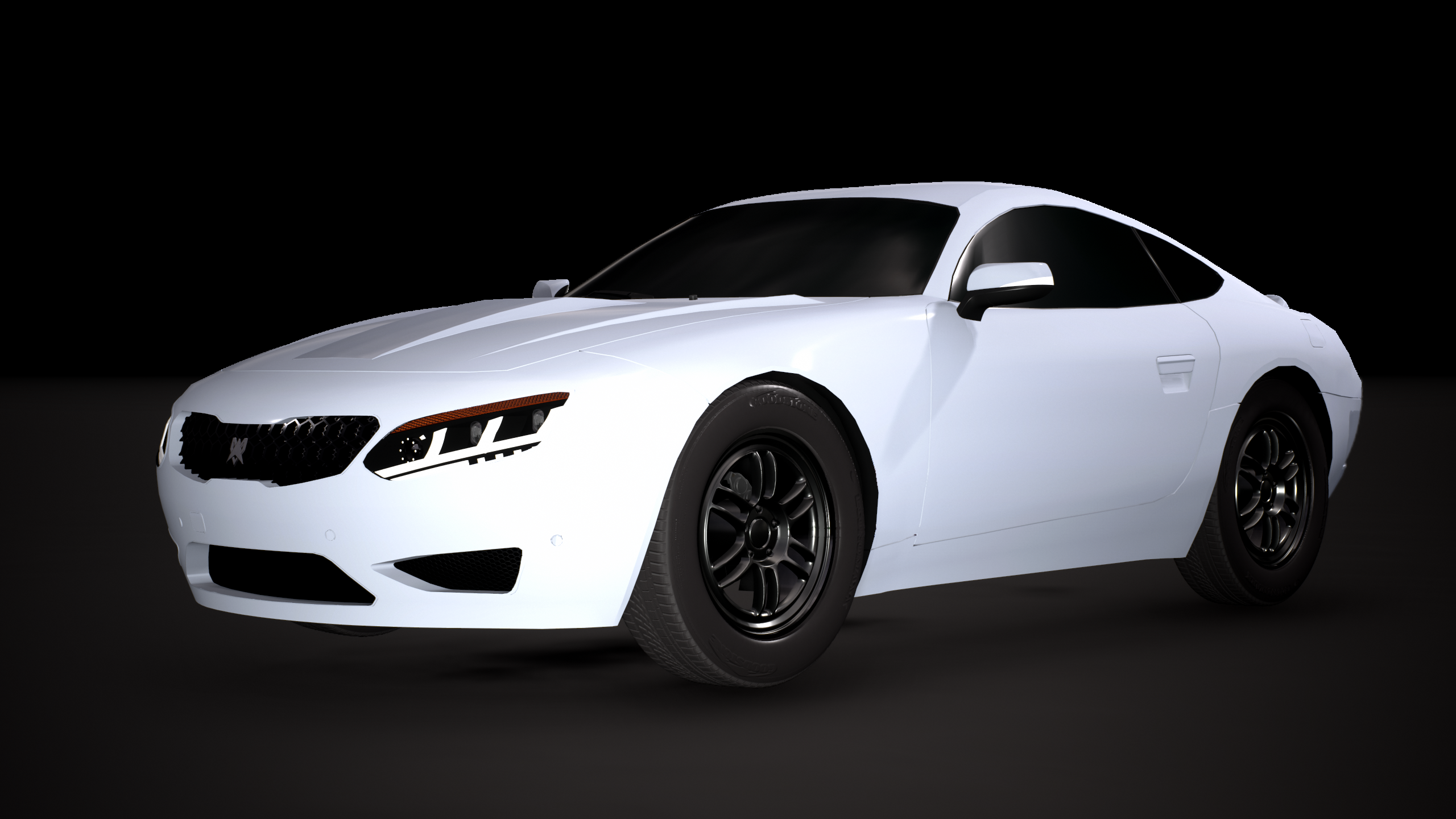
2030
A sleek compact coupe to ride in style.
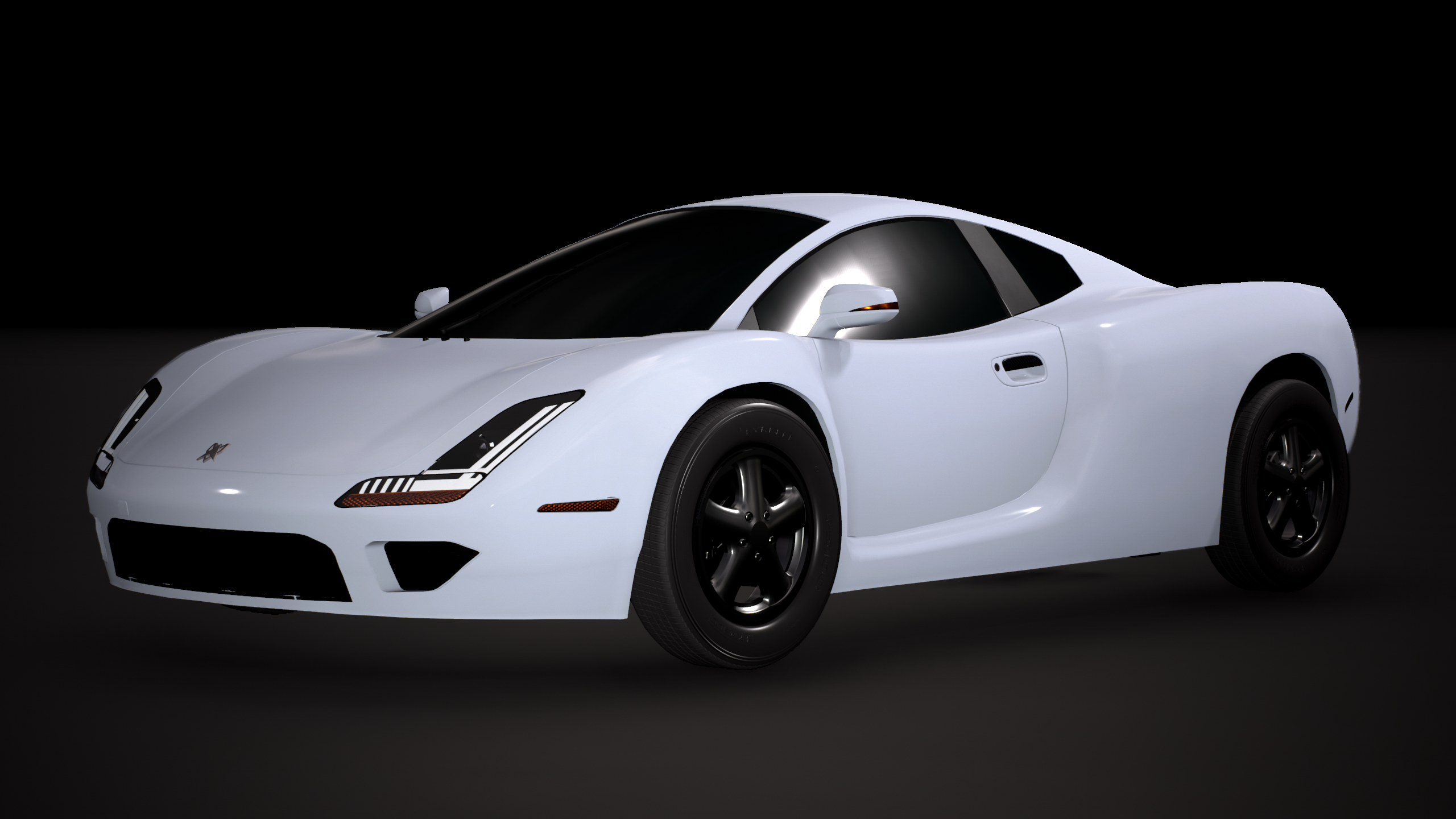
2030
The sporty way to get through your day.
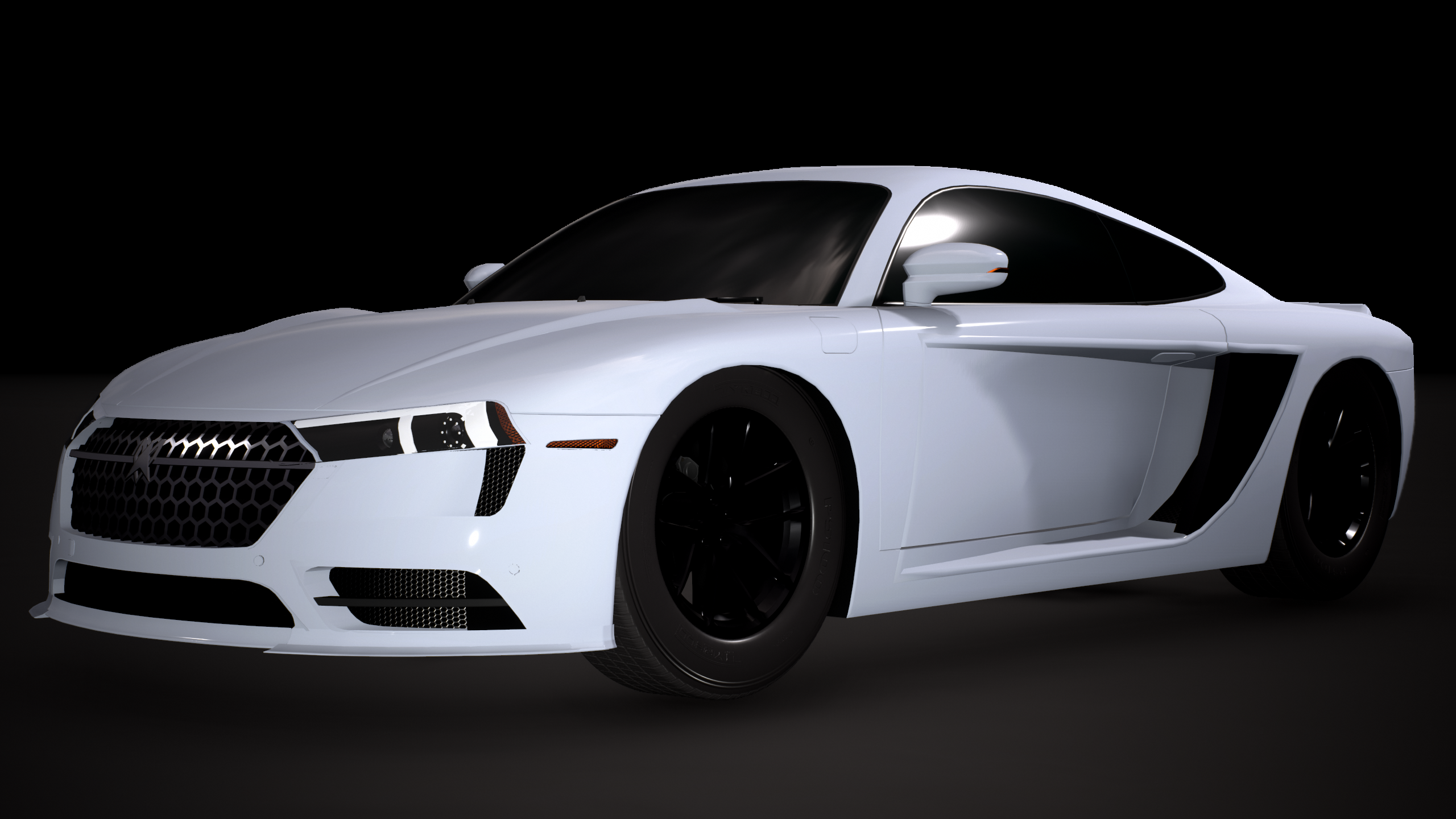
2030
Sleek, bold, eyecatching, and undoubtedly fast.
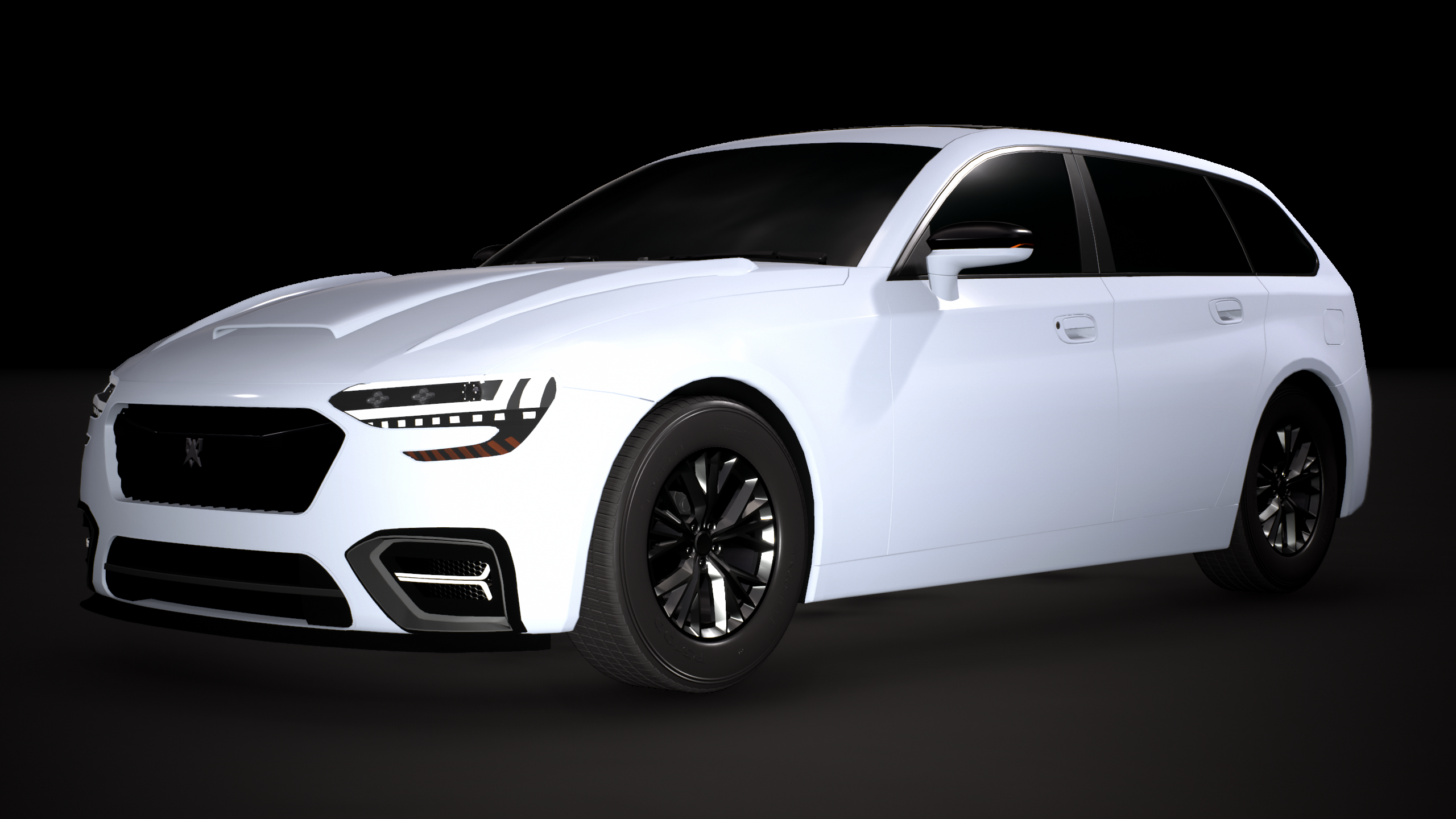
2030
Little extra space for a little extra speed.
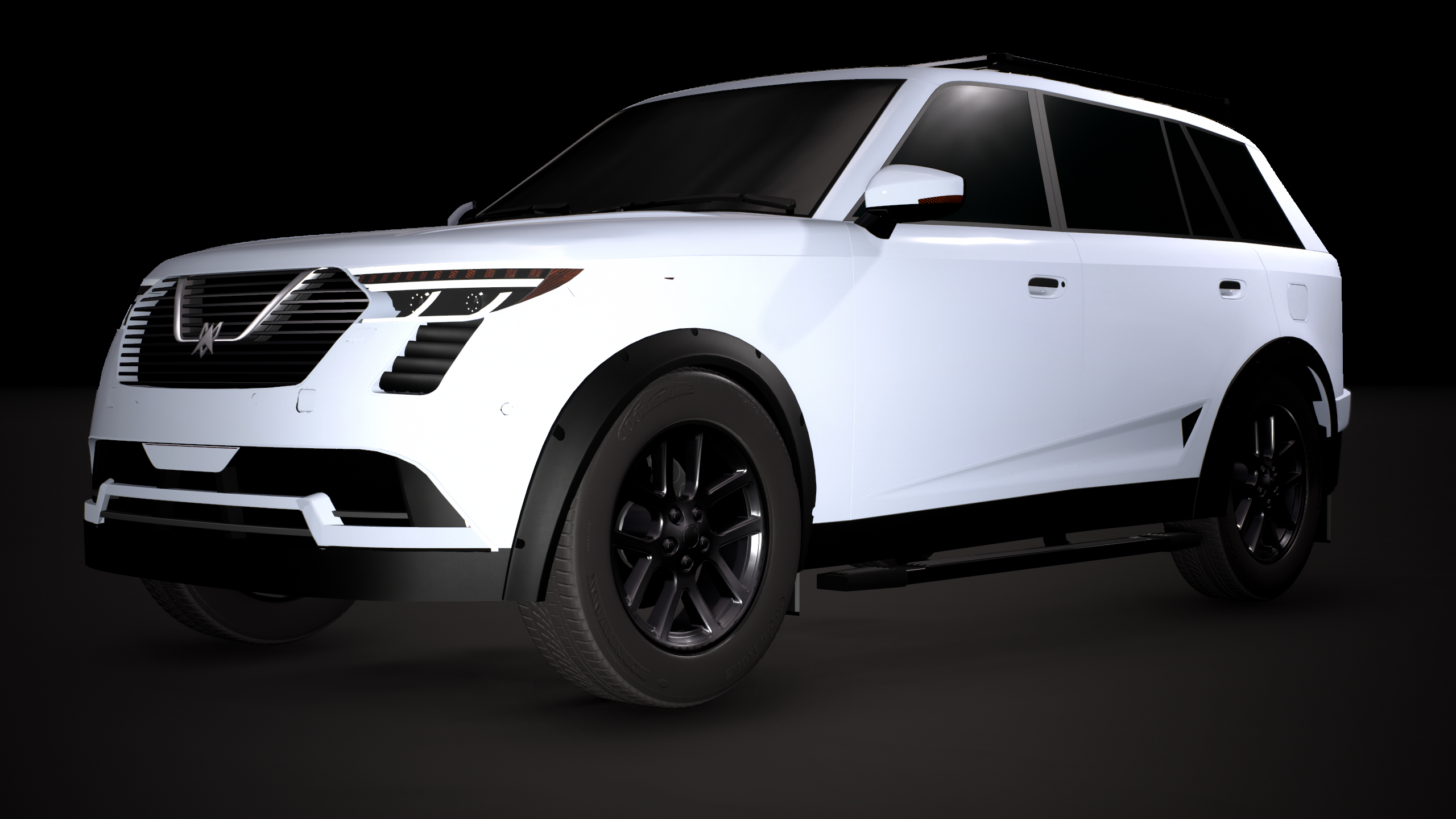
2030
The go anywhere, do anything all purpose SUV.
You may not be able to buy these, but they play a vital role in Miroche's development of vehicles, whether for testing purposes or just to transport fuel to our test tracks.
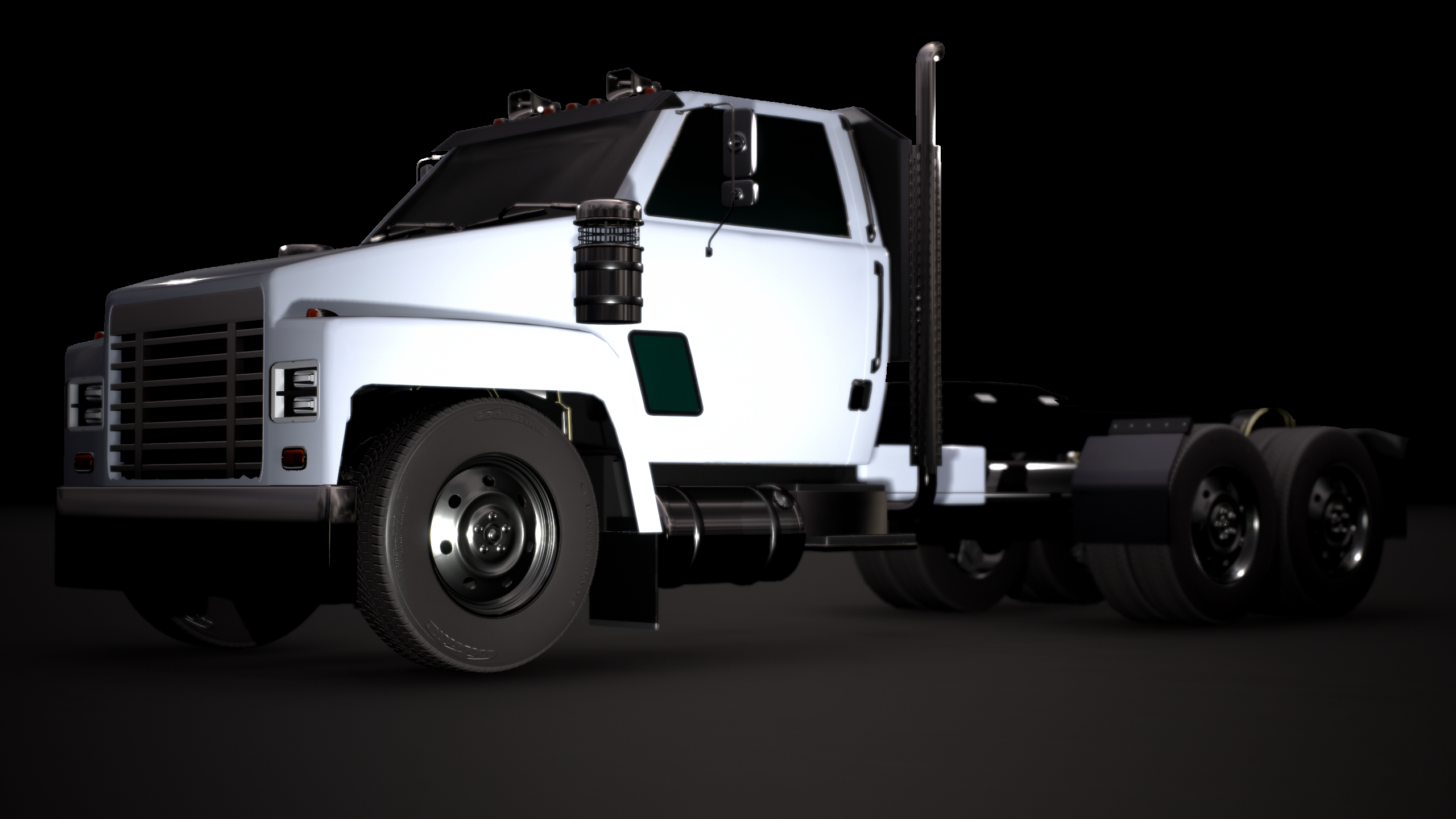
Semi-Truck
Comes with different cab options.
1,850 foot pounds of torque.

Concept Track Car
Housing an 11 liter Twincharged V16.
Spitting out 3,106 horsepower.
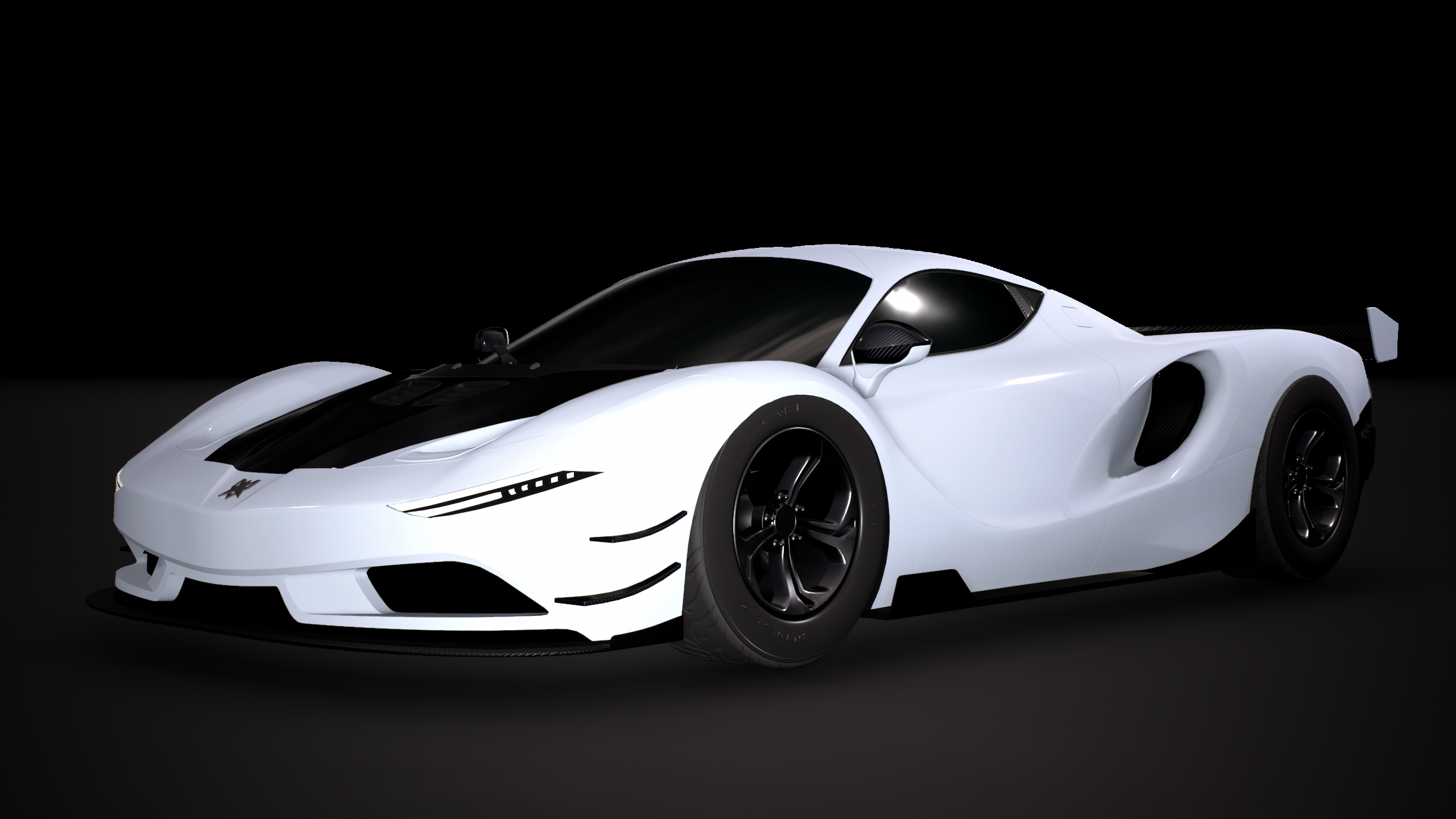
Concept Hyper Car
Housing a 5.8 liter Twincharged V16.
Spitting out 2,962 horsepower.
Miroche Technologies & Automotive Group, or Miroche T.A.G., started out as a small tech company in 1953 by the name of Miroche Tech which was founded by Elucian Miroche in Silkeholt, the state capital of Akime in Lapid County, Kibon.
In the 50's they began producing small electronics that were just beginning to gain commonality, such as radios, televisions, toasters, ovens, batteries and other household devices. They also began work on early computer technology, putting research into making hard drives and circuit boards.
However, once the 50's was coming to a close, many companies had already specialized in making particular pieces of technology, such as brands for cameras, different brands for phones, and others making household appliances. Miroche found themselves struggling to keep up in all these areas that they had begun investing time in. Their products were becoming less and less popular due to their loss in quality as other companies made better equipment. But Elucian had spotted an empty niche, yet to be filled in Kibon.
Miroche Technologies changed their name to Miroche Technologies and Automotive Group in 1972 when the Halcyon's record setting sales cemented Miroche as a car manufacturer as well as a technology company. In 1978 they built a proving grounds during their main factory headquarters’ renovation, which later was turned into an official Miroche Touring Premium Series race track in 1987.
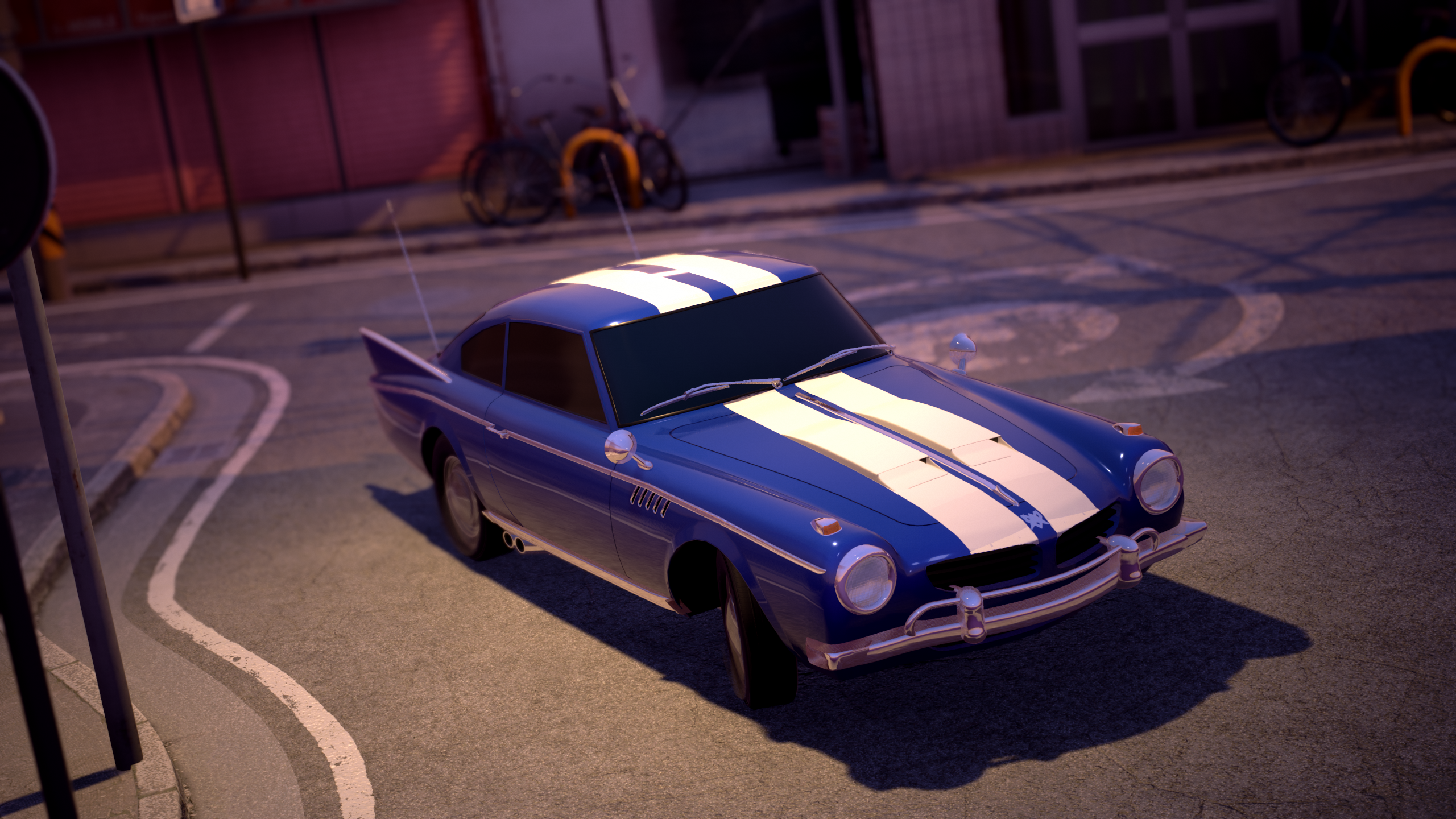
Miroche quickly began work on their first production vehicle in 1960, the Miroche Temper. It was a pet project of theirs, something mostly to gain attention and publicity. They had their new sparkly alternator they designed come standard in the Temper when it first released in the 60’s, as well as plenty of safety features on the rise like the three point seat belts, collapsible steering columns, window defoggers, windshield wipers, and non-rupturing fuel tanks. Miroche also began work on lowering emissions and fuel efficiency in the following years, trying to make the Temper one of the safest, cleanest, and most efficient vehicles at the time to market themselves to the same people they cared about so much when they were only making household electronics.
The Temper, going for $2,850 in 1963 (equivalent to about $24,104 in 2020), was a massive success. The first selling year in 1960, they sold all 700 limited units they made. Miroche didn't plan to build very many more, but the company saw how quickly dealers had sold off their models, and how many people kept asking about getting their hands on their own Temper KR.
The following year, Miroche kept up a production line and they sold 2,400 units in Kibon. Miroche didn't expect to sell many at all in the first place, but orders and requests kept rolling in. Premium and sporty cars were a hit with the clientele, and no one in Kibon had done it quite like Miroche had. These early cars had extensive engine designing and precise tuning to counteract any performance lost by the weight of expensive technologies for safety and comfort.
Miroche achieved success in 1968 when they sold 21,000 units and began exporting vehicles outside of Kibon for the first time, a huge risk for them at that time. That’s 21,000 limited units sold internationally. Miroche was still trying to scale up their production and hire more workers for their new factories, all while brainstorming their plan for this to become a serious business endeavor. This was no longer a fun little pet project or side hustle. This was what Miroche was born to do. Miroche had found their niche.
The Temper did quite well through all its iterations, finally peaking at 120,000 sales in 1976 until a new top selling competitor from Miroche themselves took over in the 80's. Of course Miroche’s new competitor was born out of the need to start fresh with everything they learned to outdo the growing competition. The last Tempers may have been sold to dealerships in 1979, but they are still talked about, even today, and you can see a few of them at any vintage car show, being loved and driven for years and years as Miroche built them to be.
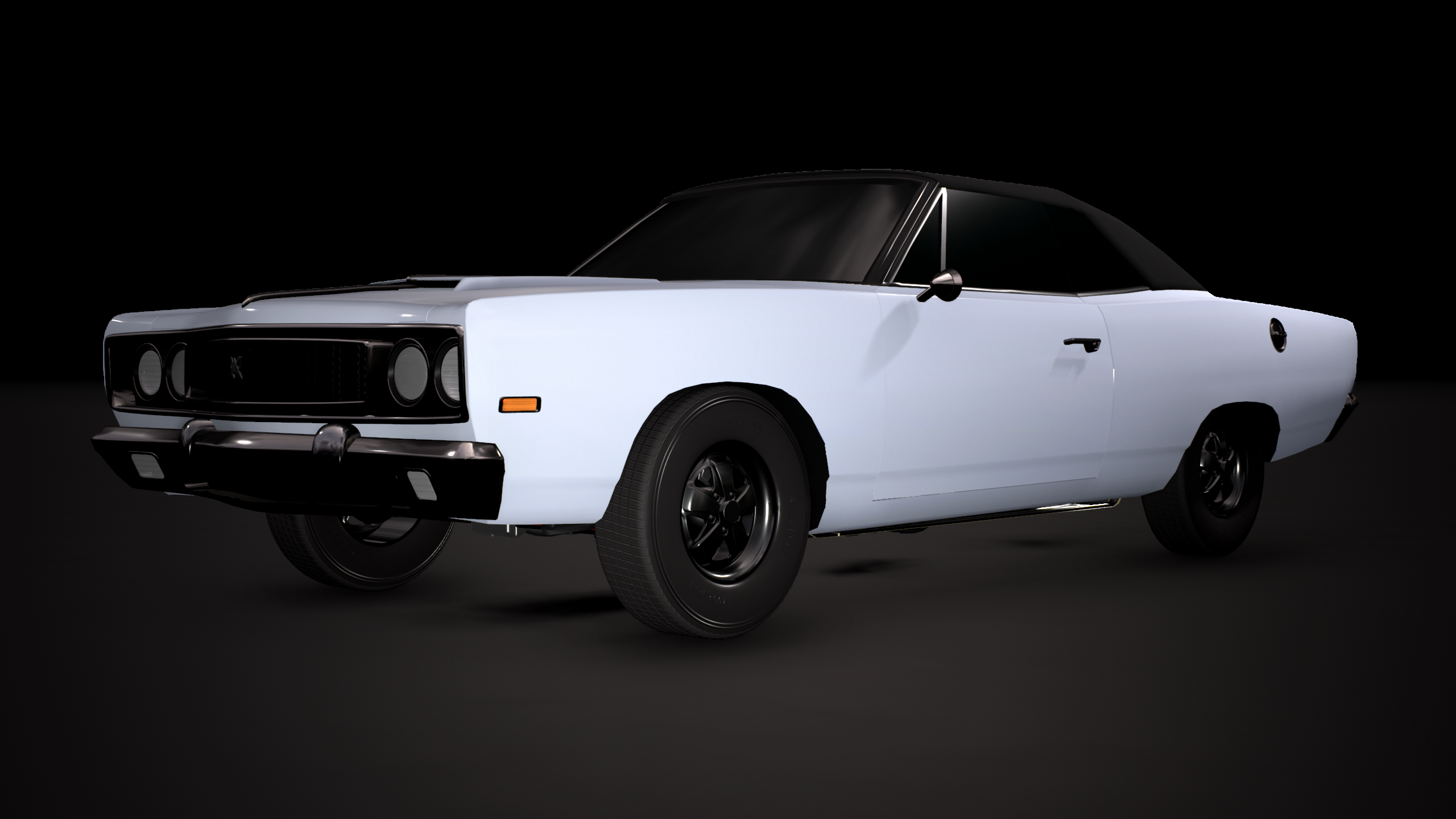
The Skate was Miroche’s second ever car, released in 1970 while the Temper was still the world’s favorite car at the time. Although not as popular as the Temper, or perhaps people just didn’t have enough space in their driveway, the Skate sold 7,500 units their first year, and 12,600 units it’s second year. Peak sales hit 198,000 units sold globally in 1979.
The Skate had a vastly different design to the Temper, leaning toward a strong and aggressive muscle car appearance that was made to turn heads. This car marks the time when Miroche focused a bit of attention on appearance and user design. They began using their spare time to try to design a car that would appeal not just to people who need to travel, but to car enthusiasts and people who loved cars for their looks and performance.
Lots of work went into researching user-friendly designs, interviewing consumers for their favorite and least favorite aspects of existing cars from other companies, and fitting in innovative tech into the Skate to make driving less of a chore. All of the Skate’s success was due to Miroche’s new invention being tested in it. A rudimentary ‘driver feedback system’ was being integrated, using analogue or mechanical onboard sensors to monitor and relay information. Miroche is attributed with inventing three driver feedback systems still in use today.
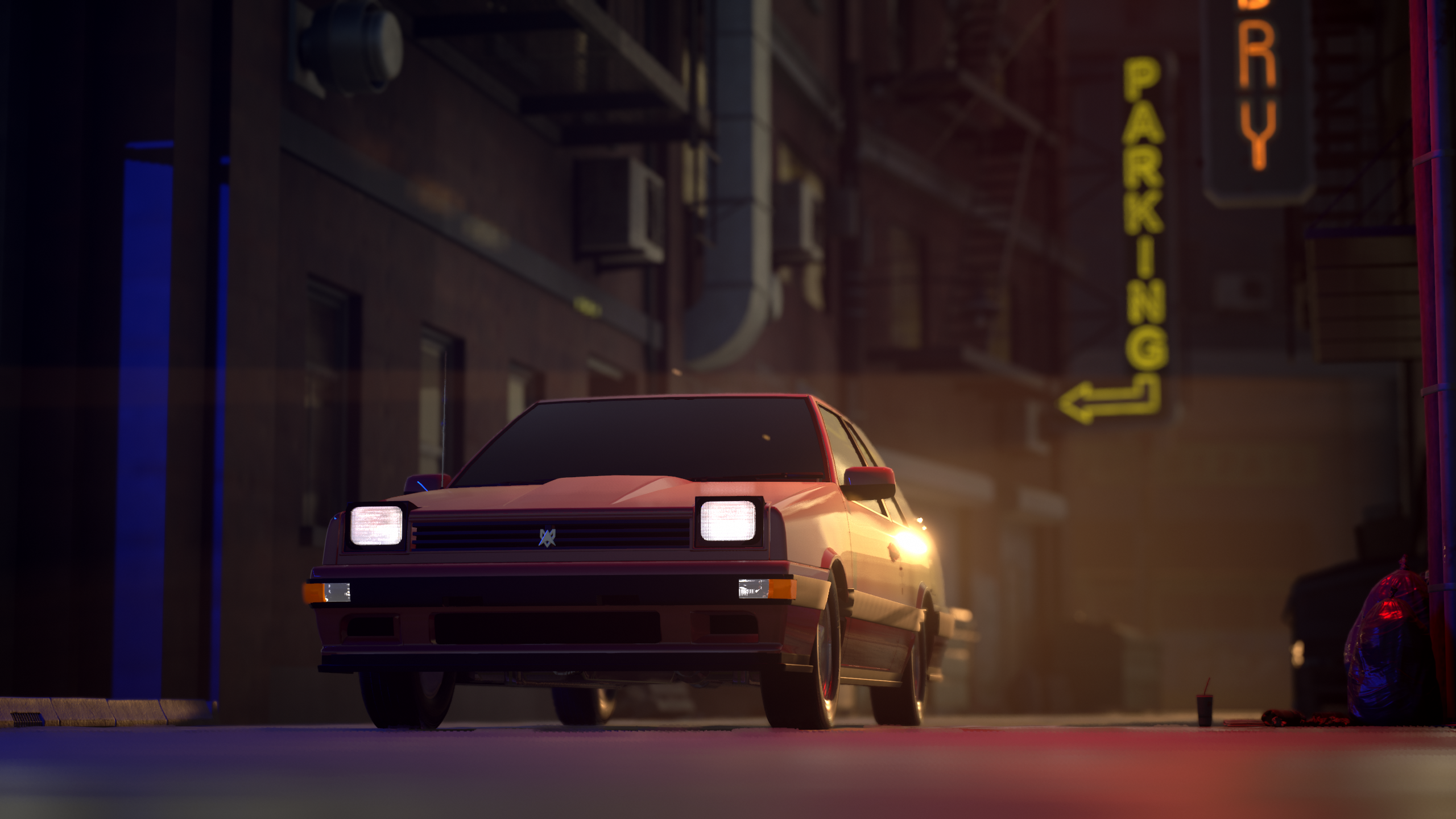
The Motive served as Miroche’s introduction to the motorsport scene. Although it began sales in 1980 as a small, economical commuter car, the Motive became something far greater. It reached peak sales in 1986 with 782,000 units sold globally. This was the most cars Miroche had ever sold. Big jump, huh? Well you’ll see where all the publicity came from soon. Miroche initially marketed the Motive as a car good for covering long distances fairly quickly so that you could make it to work on time or drop off the kids at school, but people also realized this meant it had potential for motorsports, particularly long races like touring and endurance.
Soon after the beginning of production, Miroche took notice of people using their Motive for their speedy endeavors. The Motive was beginning to be seen all over the world. Miroche opened their first overseas factories to follow this production. They were even approached by racing teams for access to their technology, or offered contracts to use Miroche’s cars altogether to use for their teams. Miroche took a dip into the motorsport waters themselves instead of working for someone else, and applied for the Silkeholt Grand Prix that took place in Miroche’s home turf every year. This was said to be a very fruitful year in Kibon, as the creation of this racing team created plenty of jobs, and showed the wealth of the country to be able to participate in such a high stakes and expensive sport for fun.
The very first year they raced in 1984 was fairly successful, their team placing an overall 5th among 30 cars on the grid in the final score. In 1986 they podiumed in third place, and won first place overall in 1987, which earned them the privilege of having the Silkeholt Grand Prix renamed to the ‘Miroche Grand Prix’ (later again changed again to the Miroche Touring Premium Series), and getting the Miroche proving grounds at their headquarters turned into an official race track as part of the official track list.
Their success encouraged Miroche to branch out into motorsports further, later using the Motive in international grand tours and rally, and their Halcyon in endurance and sprint. The Motive was discontinued in the year 2000 after one of their Motive racing drivers was killed in a brutal rally racing accident and after the Halcyon had become their champion money-earner (both in production and racing). It was a move Miroche decided to do out of respect for the driver, and one that pushed Miroche to maintain their reputation for safety to prevent further accidents.
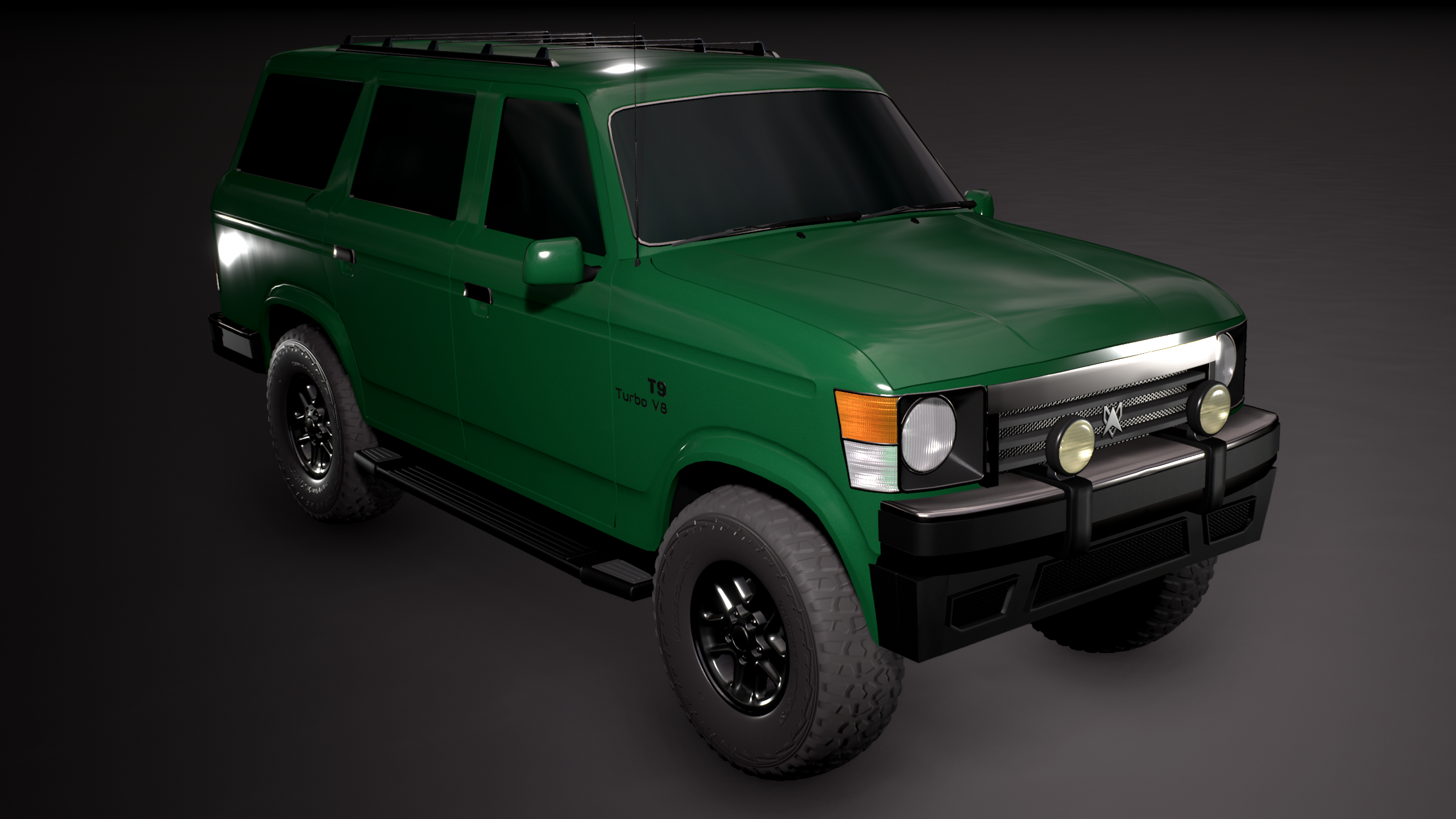
In 1984, the SUV was on the rise as a new class of vehicle on the market, and Miroche spent their time designing one of their own to fill the gap in the market. Once the Surveyor was released in 1995 it showed mild success. Miroche had already cemented themselves as one of, if not, the most influential automotive companies, so the Surveyor got its fair share of sales, but it was nothing noteworthy. It was only in somewhat recent history in the year 2008 when Miroche began producing commercial vehicles for use in company fleets. For all the time spent engineering their cars for fuel efficiency, safety, and most of all speed, Kibon had a growing need of some reliable and functional first responder vehicles or heavy haulers as more and more people populated the towns. Miroche was recruited to help design the new generation of Surveyor as the new primary standard police vehicle for the Kibon police departments.
And a success, it was! While it may look tanky, heavy, and slow, the Surveyor was designed to be the most comfortable, smooth handling, and fast luxury class SUV Kibon had seen. The Surveyor was a hit with both the working folk and the stay at home parents. It hit peak sales in 2026 with a total of 250,000 units sold at $45,000 a piece.
The police's version of the Surveyor retained all of its best properties even when its cushy interior and high end tech was stripped in favor of weight reduction and radars, radios, and cell bars. The local governments were quick to adopt the Surveyor as a standard fleet vehicle and it began being used as anything from local police, county sheriffs, state troopers, search and rescue, fire department EMTs and even park rangers and official government transport. Today the Surveyor sits in both the lap of luxury and stands on the front lines, serving as Miroche's symbol of strength for the community who see them protecting their homes and people who use them to care for their families.
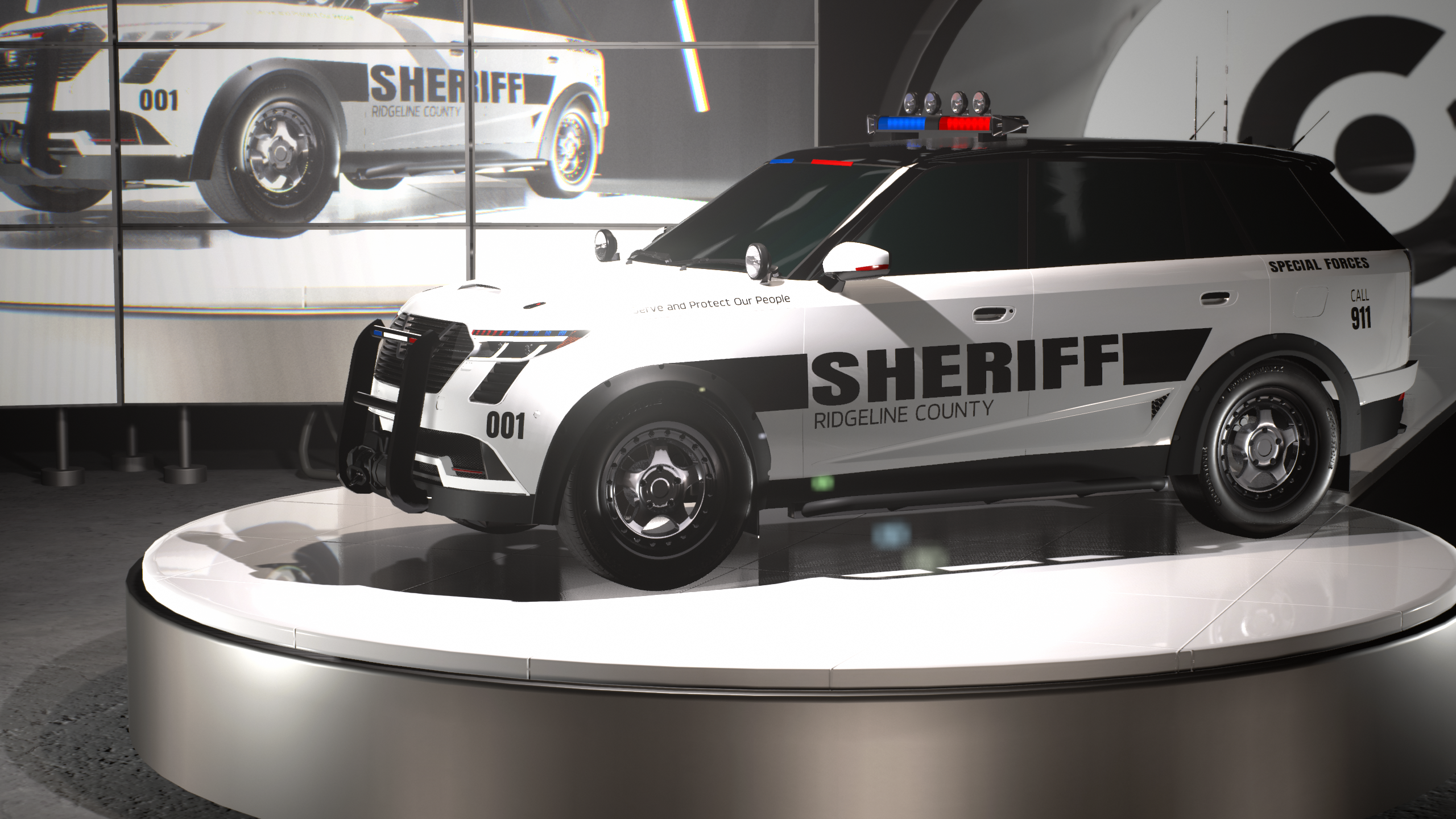
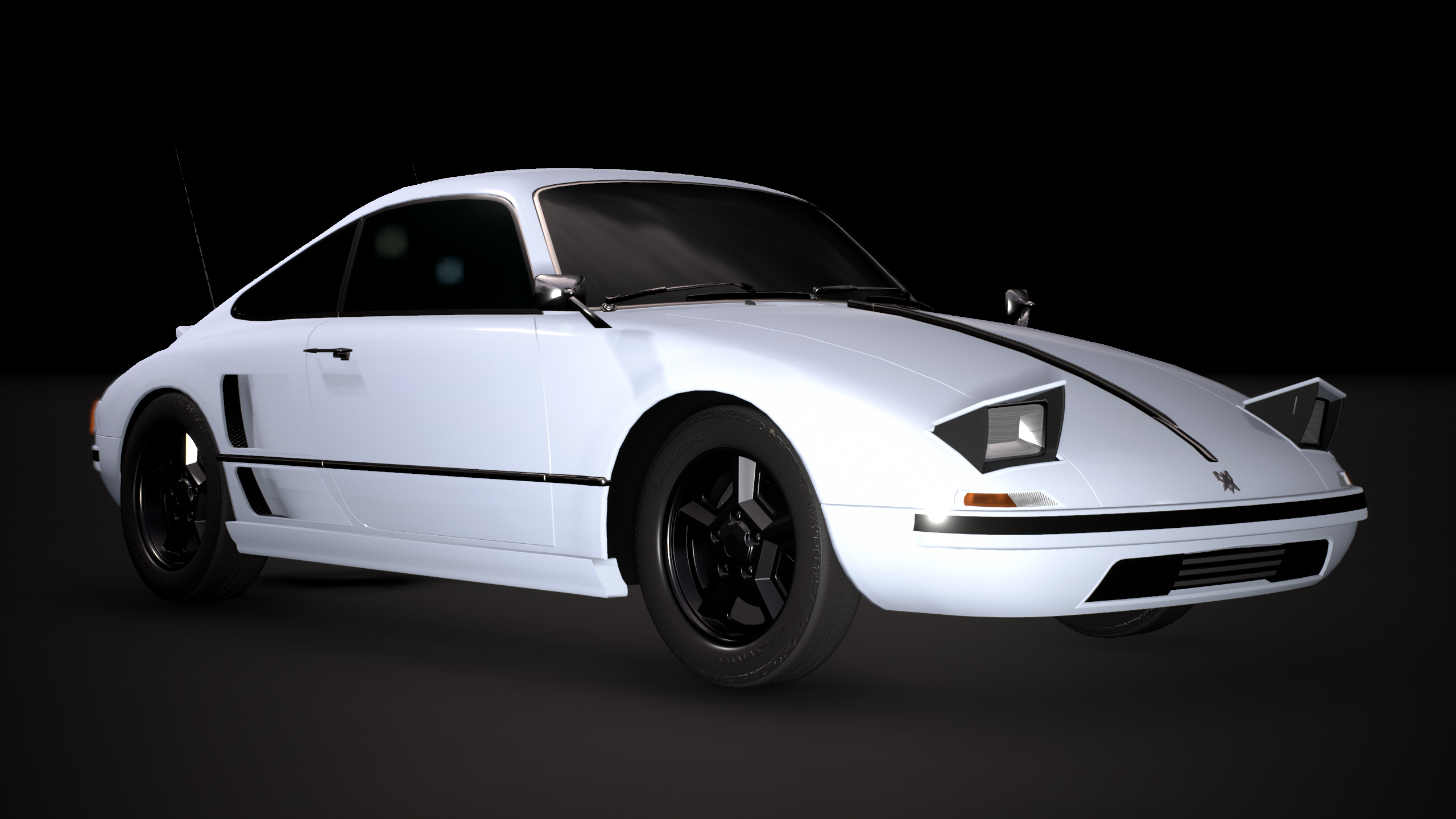
The first generation Halcyon ran from 1972 to 1978, right after the fall of Miroche’s previous flagship model, the Temper KR. This little sports car had taken the world by storm. Despite its mid to high range performance, it had some of the best safety and handling of any sports car in it’s class, right from the dealership.
The seventh generation Halcyon ran from 2014 to 2020. Despite their huge success with the Halcyon, Miroche was to cancel the Halcyon for good to focus on other new experiments and ventures. Despite Miroche’s long standing success with other models of cars, they witnessed massive backlash with their most beloved car suddenly and finally gone.
After 10 long years of secretive testing and designing, Miroche released a brand new version of the Halcyon in 2030. Along with it came 6 new trim variants, making for 10 total trim levels available, including engine aspiration options and convertibles. Today, the Halcyon still has a long legacy to be had, with no further plans to cancel the lineup.
